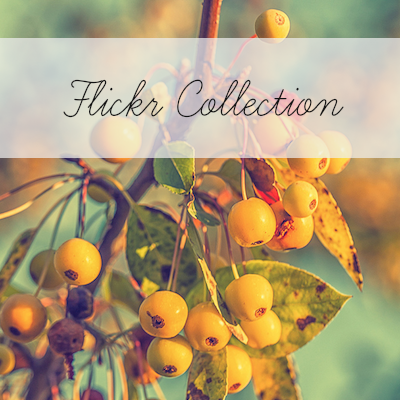“The most difficult thing is the decision to act, the rest is merely tenacity. The fears are paper tigers…
You can act to change and control your life; and the procedure, the process is its own reward.” ~Amelia Earhart
There is a lot to learn BEFORE you do your first art fair. Even though it’s a straightforward process to send in an application, get accepted, and show up on the correct date with a basic booth filled with art, there are plenty of daunting details.
But after a year of doing art fairs, I’ve discovered that there are always new lessons to learn DURING every show, too. It’s called “on the job training!”
Here are a few of the lessons I learned from the first shows I did:
Show #1: Only do juried shows. In a non-juried show, anyone who pays their booth fee can be in the show. Usually these shows are described as “arts and crafts” fairs. There is little to no quality control in a non-juried show. My booth was arranged with framed photography. It was situated across from a great-grandmother, a very enthusiastic and energetic woman, who was selling her hand made crocheted Barbie doll clothes. The craftsperson to my left had stamped white skulls and crossbones onto a wide variety of leather goods. They were…good conversation starters. Another vendor (who deserves no “artist” or “craftsperson” title) had imported a wide variety of trinkets, toys, and woven mats. Everything sold for less than three dollars.
My art was NOT a good fit. I sold one set of cards the entire day — to a student photographer who asked many questions about the “how to’s” of doing art shows. It was painful, no kidding, but there was a bright side, too. We learned to do our set-up with absolutely no pressure. When we were a half hour late getting the booth ready, no one cared.
Lesson Learned: There IS a good time to do a non-juried show — the very first time out when you are a true newbie.
Show #2: No matter what the weather forecasters have predicted for the weekend, take your severe weather gear. All of it. The puffy clouds may turn into a cloudburst, with accompanying 50 mph wind gusts. The most important part of the art booth is a quality tent and canopy that is weighted and secure.
During the storm that appeared out of nowhere, Sherpa and I each hung on to a tent cross bar until the worst was over. The next week we bought enough lead weight to put 75# on each corner. Now my tent doesn’t move when the thunderstorms roll through. As far as tents and safety go, weights are essential. I didn’t quite understand how important this issue was until I saw my first air borne tent, my neighbor’s tent — which he abandoned when he sought shelter in his truck — crash landed too close for comfort.
Lesson Learned: Prepare for any kind of weather. Have a quality tent and weight it appropriately.
Show #3: If you are doing a summer show, even in a state with a moderate climate like Wisconsin, prepare for hot weather. Really hot weather. Sooner or later, it will come. Bring water and plenty of it. Bring fruit, especially grapes which are easy to eat and not messy. Leave the diet soda and candy bars at home-especially the chocolate!
I also longed for a set of battery operated fans that attached to the crossbars of my tent. My neighbor artist had a few in his booth. Not only was he much cooler than we were, but his customers lingered longer looking at his art, a brief reprieve from the sweltering weather. And that’s always a good thing. Before the next show, I had invested in a couple of new fans!
Lesson Learned: Prepare for cold days. And hot days.
Part 4: More on the Job Training
—————
Bo Mackison is a photographer and owner of Seeded Earth Studio LLC. She is living in Tucson for the next eight weeks, exhibiting her photography in art fairs, taking photographs in deserts and desert gardens, and blogging about photography, art fairs, and learning to live on her own. Her mantra is “Bo goes solo!”












